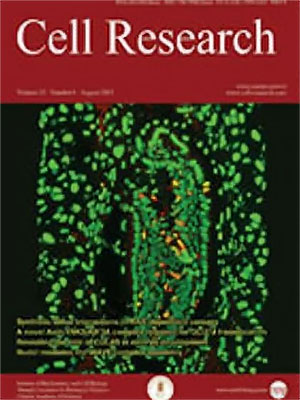
Volume 13, No 6, Dec 2003
ISSN: 1001-0602
EISSN: 1748-7838 2018
impact factor 17.848*
(Clarivate Analytics, 2019)
Volume 13 Issue 6, December 2003: 465-471
ORIGINAL ARTICLES
Lymphocyte reduction induced by hindlimb unloading: distinct mechanisms in the spleen and thymus
Li Xin WEI, Jian Nian ZHOU, Arthur I ROBERTS, Yu Fang SHI*
Department of Molecular Genetics, Microbiology and Immunology, University of Medicine and Dentistry of New Jersey-Robert Wood Johnson Medical School, 661 Hoes Lane, Piscataway, New Jersey 08854, USA
Correspondence: Yufang SHI(yufang.shi@umdnj.edu )
Hindlimb unloading (HU) in rodent is a well-accepted ground-based model used to simulate some of the conditions of space flight and reproduce its deleterious effects on the musculoskeletal, cardiovascular and immune systems. In this study, the effects of HU on lymphocyte homeostasis in the spleen and thymus of mice were examined. HU was found to drastically deplete various cell populations in the spleen and thymus. These changes are likely to be mediated by apoptosis, since DNA strand breaks indicative of apoptosis were detected by terminal deoxynucleotidyl transferase-mediated nick end-labeling in both splenocytes and thymocytes. Surprisingly, administration of opioid antagonists or interference with the Fas-FasL interaction was able to block HU-induced reductions of splenocytes, but not thymocytes. On the other hand, steroid receptor antagonists blocked the reduction of lymphocyte numbers in both spleen and thymus. Therefore, the effects of HU on the homeostasis of splenocytes and thymocytes must be exerted through distinct mechanisms.
FULL TEXT | PDF
Browse 2076


